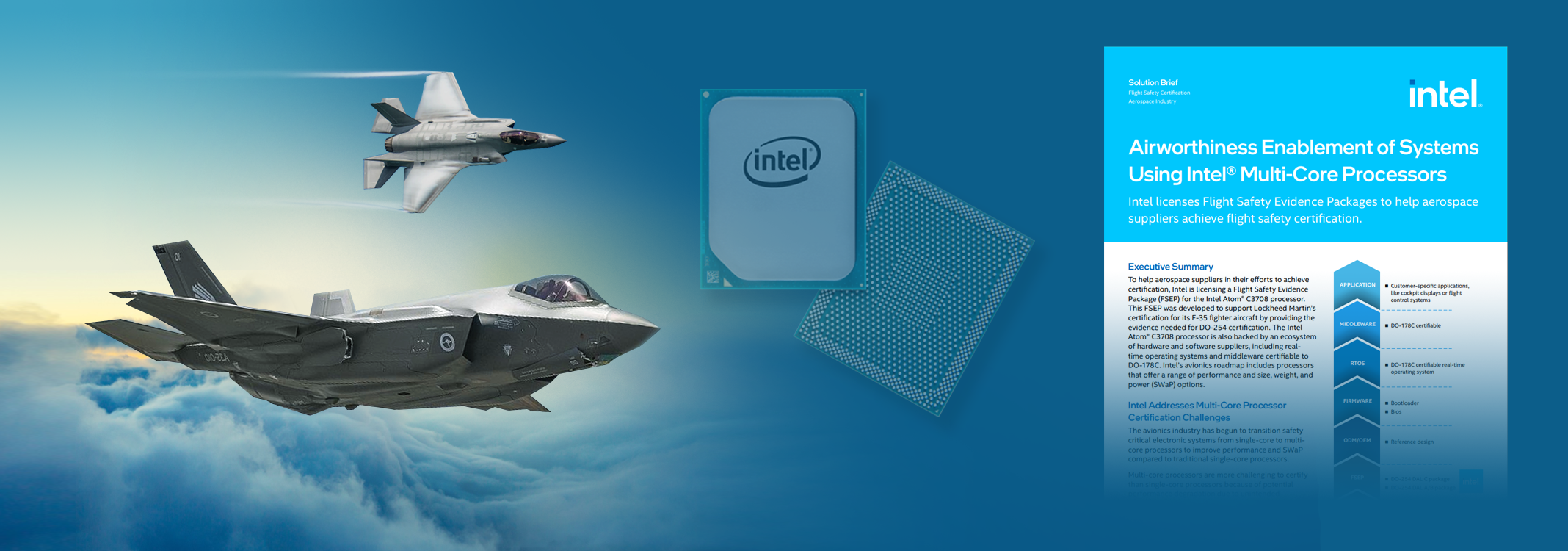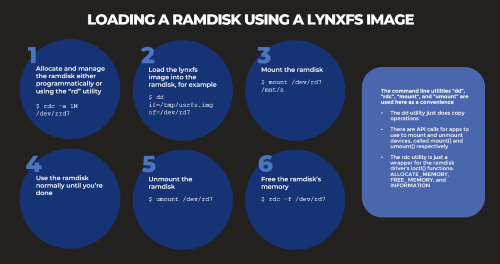Adjusting System Functionality and Capabilities in LYNX MOSA.ic
I recently set up a demo to showcase how a customer can use subjects, also known as rooms, like containers. What I mean by that is that software...
2 min read
 Tim Loveless | Principal Solutions Architect
:
Dec 18, 2020 10:52:15 AM
Tim Loveless | Principal Solutions Architect
:
Dec 18, 2020 10:52:15 AM
Over the years I’ve read lots of datasheets. They can sometimes be heavy on marketing buzzwords and prone to sweeping statements that oversell their solutions and gloss over gaps. I read this new Solution Brief from Intel and it stopped me in my tracks. This is the best datasheet I have seen in years. This document lays out the flight safety evidence pack (FSEP) that Intel has created for their Denverton processor. They explain in plain language why the pack was created, for whom and the exact safety standard it applies to. For years Intel have closely guarded their intellectual property which has hampered the use of their processors in aviation. This FSEP overturns that reputation. But there is more: Intel goes further and targets this evidence pack at achieving safety certification of a multi-core processor. Multicore certification is the Holy Grail of the aviation safety industry—a goal everyone is working toward, but at the time of writing, remains unachieved.

In this Solution Brief, Intel describes the Flight Safety Evidence Pack (FSEP) they have created to assist aerospace suppliers achieve certification. The document, Airworthiness Enablement of Systems Using Intel® Multi-Core Processors, is interesting for three reasons:
The Lynx software solution supports open standards and APIs (FACE, POSIX), an IPv6 network stack, filesystem and support for Intel virtualization, multi-core, cache partitioning, and SR-IOV.
Learn more about the LYNX MOSA.ic™ development and integration framework and about how LYNX MOSA.ic uniquely leverages Intel processors. You can also visit our Learning Center to discover how LYNX MOSA.ic is uniquely suited to deliver the benefits of the Modular Open Systems Approach (MOSA) for defense systems.
Lynx has over 30 years’ experience in helping customers across avionics, automotive, and industrial markets to most efficiently realize their complex safety- and security-critical embedded software systems. To learn more about how to leverage the right virtualization and RTOS technology for your project, please direct your inquiries to inside@lynx.com or fill out the form after clicking the Get Started button below, and a representative will reach out to you within 1-2 business days.

I recently set up a demo to showcase how a customer can use subjects, also known as rooms, like containers. What I mean by that is that software...

Based on several customers inquiries the purpose of this blog is to outline how to Allocate memory to a RAM disk Mount and unmount a RAM disk ...

Not many companies have the expertise to build software to meet the DO-178C (Aviation), IEC61508 (Industrial), or ISO26262 (Automotive) safety...